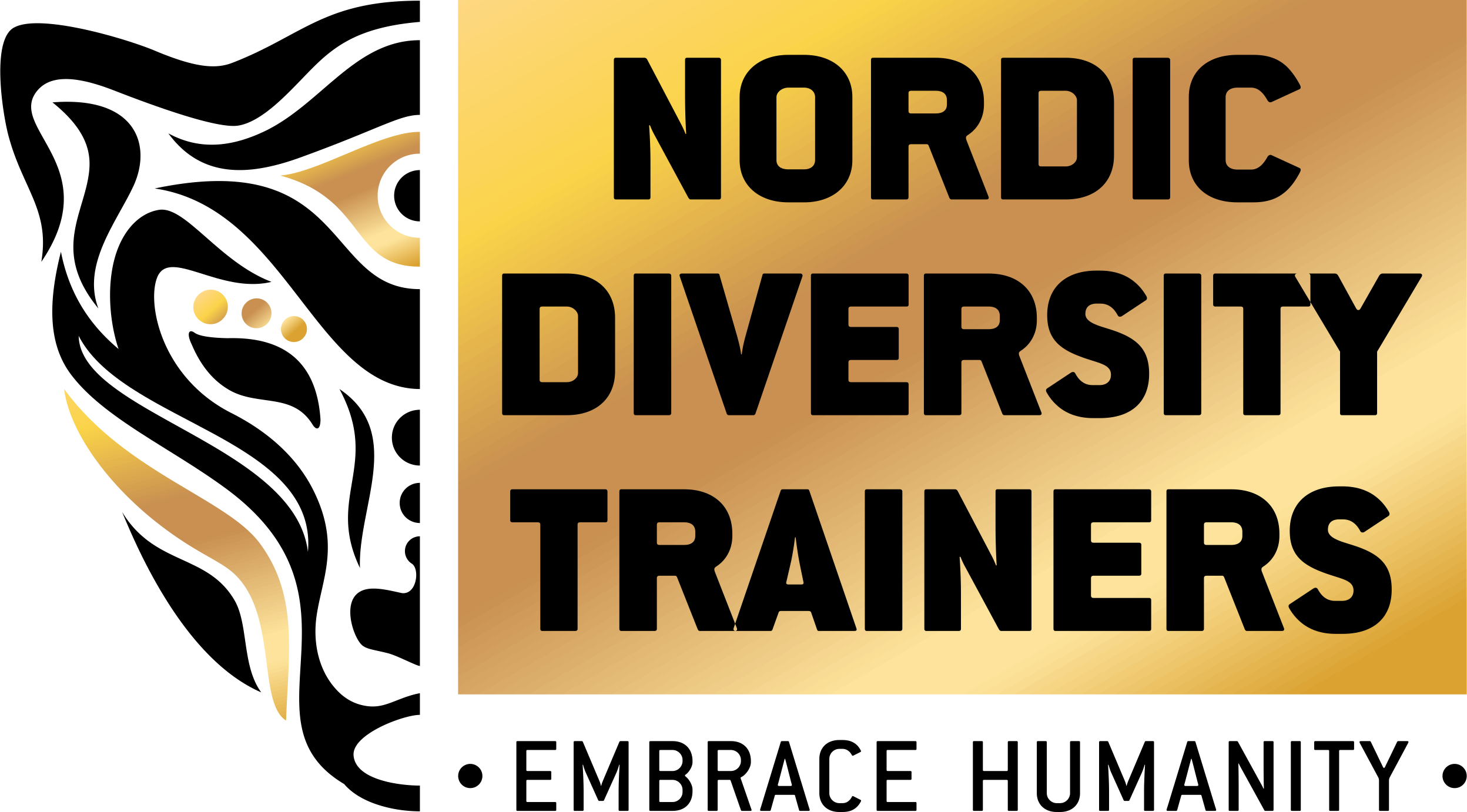How to Prepare for DEI Resistance and Backlash
During the past 10–15 years, DEI has experienced an enormous boost. All serious business magazines have been publishing positive articles regularly, and research has consistently shown amazing results whenever a diverse group of people works together. By now, we all know how much organizations and businesses can benefit from diversity.
We are also aware of the challenges we will face in the near future if we fail to embrace a diverse society and workforce. We want to reach for the fruits of diversity, avoid problems, and promote a positive image to attract the best people. However, we may struggle to find necessary contributors and team members locally or from one homogeneous group of people anymore.
Consequently, despite many good-hearted efforts, we encounter resistance and measure some backlash. For example, in anonymous recruiting, we observe a 14% decrease in staff diversity five years after the method is implemented, and grievance procedures result in an 11% decrease. Additionally, skepticism towards DEI in media and politics has been evident recently. How does this happen, and what can we do about it?
Where Do the Setbacks Come From?
Anonymous recruiting is a good example. It is very popular and initially seems to increase interest in diverse talent pools and even in actual employment. However, too often, high expectations are built up and then disappointed when new employees and team members find that diversity-friendly recruiting has no backup inside the organization. Micro-aggressions still occur, and equity measures are lacking. Making a decision towards anonymous recruiting is often seen as a game-changer and, as a result, makes organizations "lazy" on all the other actions that must be taken. There might also be resistance from existing staff who have not been informed about the new approach and culture, leading to suspicions that DEI might somehow work against them.
Regarding grievance measures, although it is positive that the possibility exists, we can see that they don’t really work as a one-size-fits-all solution. Most of the hard measures, such as rules and forced training, can only serve as a safety net to fall back on in desperate cases, but they do not support a positive workplace culture.
Another example for short sighted reactions are the recent statements by the Finnish government. Because the arrival of Ukrainian war refugees has lead to a singular and exceptional increase in an otherwise long-term decreasing population, they seem to insist that the grave lack of skilled labour in the country is now fixed once and for all. The influx of people due to the terrible situation in Ukraine has only covered for a one year deficit in birthrates and immigration. Will the country now wait for the next war somewhere in the world?
Persistence Needed
Xenophobia, structural, institutional, and interpersonal racism have plagued mankind and been facilitated for over 3000 years. We often think that one well-meant campaign or statement, a nice workshop, or a new rule can instantly change all that. This is not the case. By doing so, we just open up the topic for discussion, leaving those who promote it alone and without resources to suffer the backlash from a skeptical opposition fearing the loss of perceived privilege.
What We Need to Do
To embrace diversity is a profound change given the state of the world. It requires long-term planning, commitment, and sufficient resources. It necessitates consistency and real expertise, which cannot exist without proper resourcing. We must also be ready to constantly review and update our efforts as we venture into uncharted areas. The rewards are manifold, including survival, increased success and health, and an enjoyable organizational culture.
As everything, DEI is subject to trends, but it is specially the anti-cyclic efforts you make that put you ahead of the game. Well planned strategies will carry you further than reactions to temporal booming and current crisis. The entire future is diverse.
Embracing diversity requires to embrace transformation. We do not speak anymore about DEI; we speak about DEI+T (for transformation).

